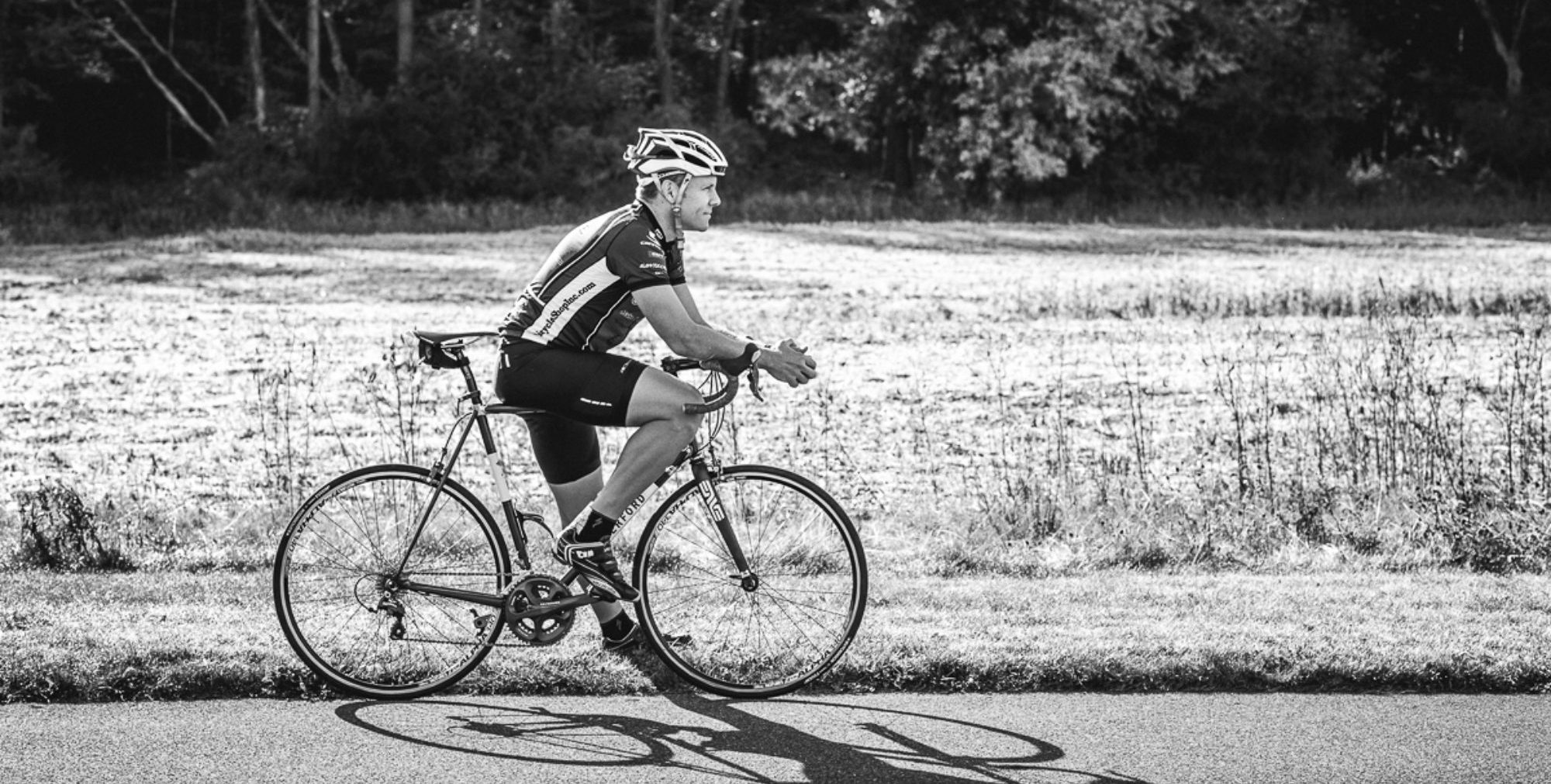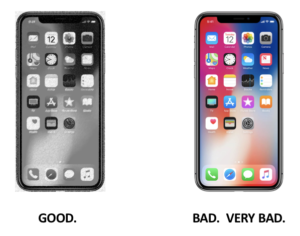Where did you learn the most in college – in the classroom or outside of it? Which parts of the college experience stuck with you the most?
For me and most others I ask, most of college’s education and memories happened outside the classroom. Sure, there were flashes of enlightenment in some classrooms (Ithaca College’s finest, Marty Brownstein, You’re still the best!) but the vast majority of the life skills I gleaned sprang from late night parties, unusual roommates, and the countless mistakes I made trying to figure out life beyond my parents’ house. And though I left college twenty five years ago, living in a college town has afforded me the insight to see the same basic college experience exists today. Or at least it did until COVID showed up.
Now we’re seeing the college experience turned on its head, which is unfortunate timing for my daughter, Madeline, and the other high school class of ’20 grads embarking on the college journey amidst a fog of uncertainty.
For the last few months, Madeline, her mom/my wife, Jessica, and I have been jumping on periodic Zoom calls with her chosen college’s admissions office to stay abreast of their fall semester plans. Funny, I haven’t been sold so hard since Jessica and I attended a vacation property timeshare pitch. “We’ll keep your child safe!” “Our professors are ready for anything!”
The implied message: “Please don’t bail on us. We need your money.” And with the price of college having skyrocketed at double the inflation rate since I was a student, the money colleges seek from my pocket and my daughter’s loans is significant.
Boil all those Zoom calls down and here’s what Madeline and other incoming students face:
- Limited social activities,
- Abbreviated orientation,
- No roommates,
- Limited dining hall access,
- Shortened semester,
- Minimum 50% classes online,
…and the kicker… - No discount.
Add it all up and we envision Madeline and her classmates sitting in lonely dorm rooms eating prepackaged dining halls food and watching grainy videos of classroom professors trying to navigate a digital interface.
Which begs the question, is this a good investment? Will Madeline and her peers gain as much value from this pared down offering? For Madeline, the answer is no. She’s opted for a gap year but even that is challenging given the typical 18 year old’s urgency to live independently in the thick of travel restrictions.
Yet opportunity lies within every challenge, so Madeline is planning an unusual path that (perhaps?) sets a new precedent for recent high school grads. How does this sound to you?
- Our family has saved some money for Madeline to earn a four year college degree but not enough to support four years of college and a gap year.
- For the Fall ’20-Spring ’21 school year, Madeline will take online college courses with an accredited school that specializes in online delivery (Southern New Hampshire? Strayer? Many from which to choose)
- During this period, the money that would’ve covered college room and board she’ll instead use to rent a small apartment in whichever geographic area she chooses.
- After a two week quarantine, she’ll explore that area while working a part-time job.
- She and at least one of her high school class of ’20 friends on a similar track will room together.
- Provided the “normal” college experience returns next year she’ll transfer her credits over and enter a sophomore OR if she likes the online/travel approach, she can continue for all four years, bouncing semester to semester or year to year to anywhere on Planet Earth she’d like (and her mom approves, of course😊)
The most surprising part of the plan: Even if Madeline earns her bachelor’s degree via an online platform while traveling the world for four straight years, the experience will cost less than the ‘traditional” college experience she’d been planning.
So, kind reader, which path would you choose for yourself or for your Class of ’20 high school grad? Which experience offers the best education and life skills – four years planted at one school or four years roaming from place to place?
If there’s a silver lining to this COVID crisis, perhaps it’s the chance we all have to press the reset button. A moment to step back and ask, “Am I on the right path? Is there a better way to do this?”
No question our family would be more settled seeing Madeline glide into the college experience we envisioned but perhaps her journey, like yours and mine, will prove most exciting when we step off the beaten path and take the path less traveled.







